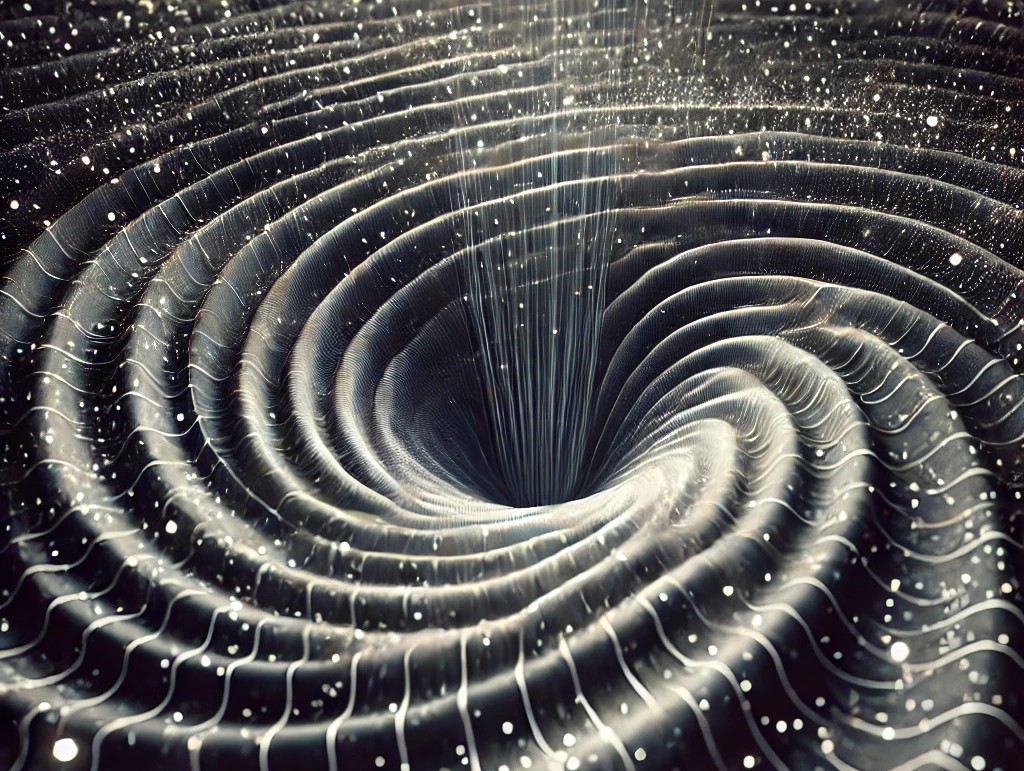One of the current problems in astrophysics remains unknown dark matter. Although it is necessary for the formation of galaxies, the nature of dark matter remains a mystery, as it has almost no interaction with standard model particles, and is only captured by gravitational effects on galactic scales. A new study published in Physical Review Letters examines the effect of ultralight dark matter on extreme extreme mass ratio inspiral (EMRI). Such systems consist of a supermassive black hole and a smaller astronomical object, which could be a star or another black hole. The research is especially relevant for future missions such as LISA (Laser Interferometer Space Antenna), which will detect gravitational waves.

Features of ultralight dark matter
Ultralight dark matter consists of particles of very low mass – its particles can be 10²⁸ times lighter than an electron, which are often modeled as scalar bosons with no intrinsic spin. This creates a scalar field that fills the space uniformly, similar to the way temperature is distributed in a room. Two popular options for this matter are fuzzy dark matter and bosonic clouds.
Ultralight dark matter has a wave nature that prevents the formation of dense structures. On small scales, it can influence the behavior of galaxies. Boson clouds, in turn, appear near rotating black holes, absorbing their energy. This process, known as superradiance, keeps the black hole’s energy from decreasing and promotes the cloud’s growth.
Effects on gravitational waves and results
If ultralight dark matter exists in EMRI systems, it will change the characteristics of gravitational waves. The researchers studied two key effects:
- Ultralight dark matter can cause energy losses due to scalar field depletion, exceeding losses from gravitational waves when the smaller object is at a large distance from the SMBH.
- For bosonic clouds, the energy losses depend on the environment in which the black hole is located, making their effects very sensitive to external conditions.
The study also revealed resonant behavior of gravitational waves that cannot be explained within the framework of Newtonian physics, emphasizing the importance of relativistic approaches.
Further prospects
The researchers’ next steps include extending the model to analyze eccentric orbits that are likely to occur at EMRI. They also plan to apply their theory to active galactic nuclei, which may contain large amounts of dark matter. This will help to understand its role in the formation of cosmic structures and will contribute to a better understanding of the fundamental laws of gravitation and the structure of the Universe.
We previously reported on how black holes in the early Universe can illuminate invisible dark matter.
Provided by phys.org


